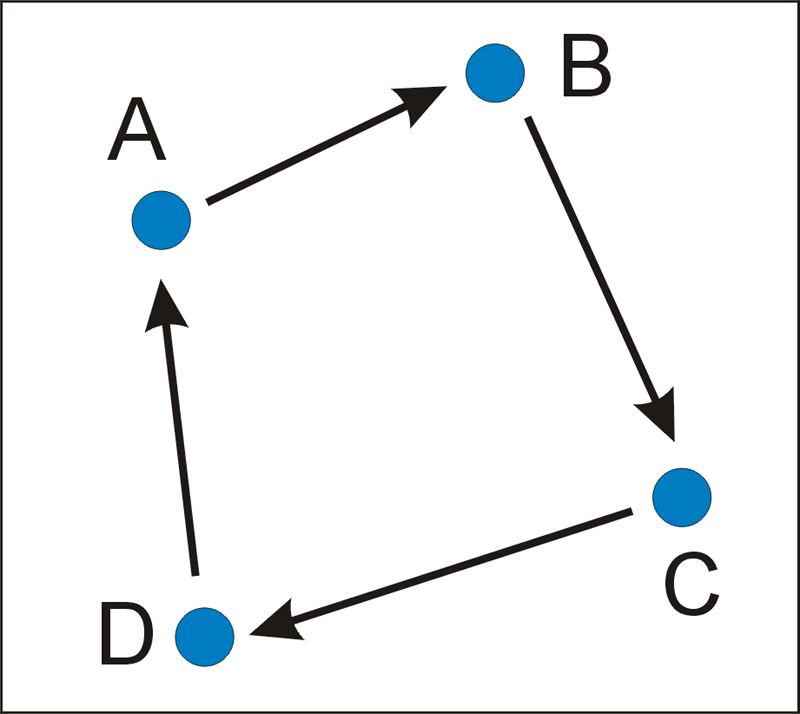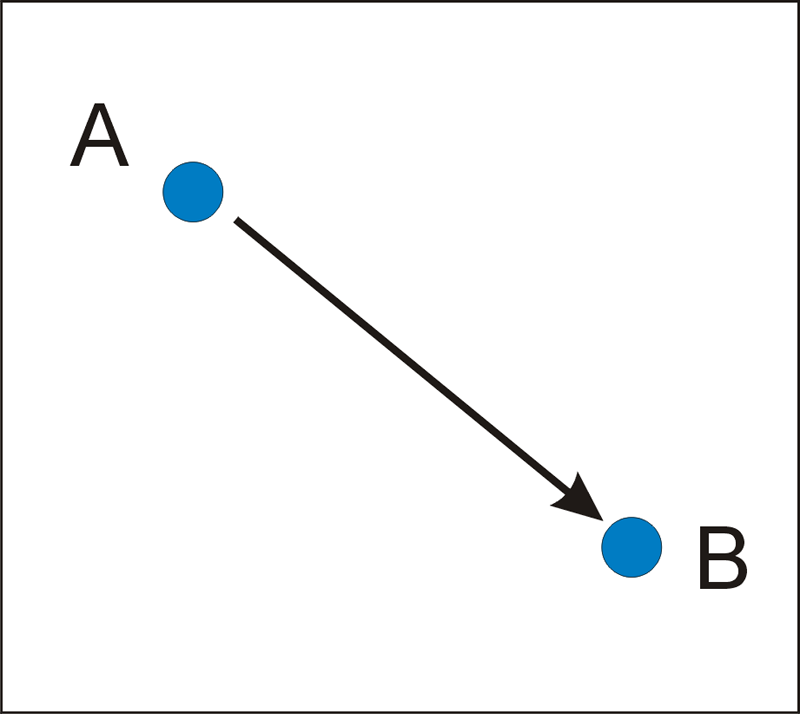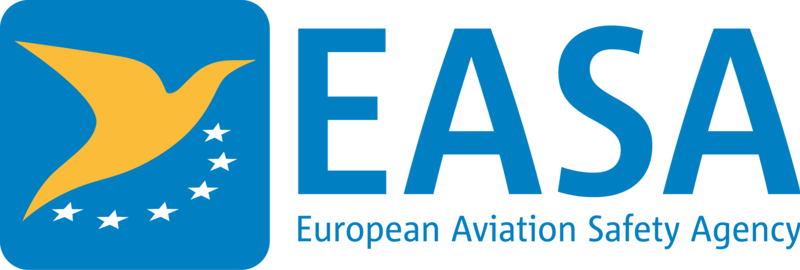Frequently Asked Questions on Private Aircraft Rental FAQ
You will enjoy the advantages of flying private aircraft when flying to/from smaller airports that are close to where you need to go, or if you need the flight to be timed perfectly to suit your requirements.
It is really worth for example for business trips, where we fly there in the morning and get back in the evening, or flights with several destinations in a row. Flights with a longer stay in a destination are less less cost-effective because we calculate a double rotation due to the impossibility of leaving the aircraft parked for a longer period of time.
Flight with more destinations

By far the cheapest option
If you can organise individual business meetings in different destinations in a row, then private jet is an unbeatable travel option not only compared to airlines, but even compared to driving.
Use this type of flight if you have multiple branches in different locations or need to meet with multiple business partners in a short amount of time.
Return flight

This flight is very cost-effective if the stay in the destination does not exceed 1-2 days.
In the case of a stay longer than 3 days, it is usually no longer worthwhile for the plane to wait at the destination and we calculate the so-called double rotation, where the plane returns to the home airport and arrives again on the departure date.
One-way flight

A one-way flight is similar in cost to a return flight, with the aircraft returning to its home airport.
Unfortunately, we would not be able to use the plane for a return journey, so we include the return journey in the calculation. However, with a one-way flight you save the cost of waiting at the destination, so it is cheaper than a return flight.
Prices are always for the entire aircraft, regardless of the number of passengers. The price per flight consists of the following items:
Aircraft Rental Price
The price per flight hour includes the fixed costs of operating the aircraft, such as hangarage, insurance, updating the aircraft's navigation databases, satellite connection fees or regular service inspections. There are also operating costs, such as fuel per flight hour, navigation fees for using the airspace of the countries we fly through and crew salary.
Landing and approach fees
Cost for landing and parking fees of departure and arrival airports. These fees depend on the weight of the aircraft and the size of the airport you are flying to. In general, large and heavily used airports have relatively high charges even for small aircraft (for example Munich or London). Therefore, most of our aircraft have the advantage of being able to land at small airports where these charges are minimal.
On-site waiting
The cost of waiting for the aircraft on site is associated with the airport charges for parking and crew waiting. If the waiting time at the destination would be more than 3 days, it is more cost-effective for the aircraft to return to its home airport and arrive again. This is called double rotation, i.e. the calculation assumes that the aircraft will fly 2 trips without waiting at the destination.
Fuel surcharge
The fuel surcharge is the difference between the price of fuel at the home and the destination airport where you are refuelling. If the flight does not require refuelling at the destination, this charge is not applicable.
Yes. If you are considering using private flights more frequently, we offer the opportunity to save around 20 % on the price of a regular flight.
If you prepay one of our discount packages, you get a lower price per flight hour than with a single booking and the benefit of being charged only for the actual flight costs. This will get you approximately 20 % less in the price per flight.
Discount packagesThe flight is mostly affected by frontal storms, fog and frost in certain flight levels. These phenomena may cause flight delays or, exceptionally, postponement to the next day.
Meteorological conditions influence piston aircraft, which cannot fly high enough to avoid all weather, at most. Turboprop and jet aircraft are less affected by the weather.
The advantage of our smaller aircraft is that they can land at very small grass airports close to your home or business, and again, land close to where you need to go.
The required runway length depends on the number of passengers and the amount of fuel needed for the flight. Our online flight calculation takes into account the length of the airport and offers only airports suitable for departure and arrival.
Yes. Landing outside the airport in the Czech Republic is possible under certain conditions.
The landing area must be suitable, with sufficient distances from obstacles, the pilot must have sufficient experience and we must have the consent of the landowner. We use this option especially for helicopter flights. We do not use this option with conventional airtaxi aircrafts as they are not suitable for these landings. Unfortunately, it is not possible to land outside the airport abroad.
Unfortunately, it won't. For each flight we have to calculate a round trip.
The flight must end at the home airport of the aircraft from where we plan the next flights. Unfortunately, we would not be able to load the aircraft on the return journey. However, with a one-way flight you save the cost of waiting at the destination, so it is cheaper than a return flight.
Yes, you can. This is the great advantage of renting a private aircraft that is waiting for you.
You are renting the entire aircraft, including the crew, and you can adjust the departure time to suit your needs.
The captain will always inform you about the possibility of changing times within the flight. Sometimes the restrictions are due to airport requirements, sometimes due to sunset at the destination (non-towered airports) or weather conditions. In any case, we will do our best to satisfy your needs. It depends on the type of flight and destination, but the information about the change of flight time should be announced to the captain ideally 3 hours in advance.
If you are staying in the destination for 2 - 3 days, the plane will be waiting for you.
A longer waiting increases the cost of parking the aircraft at the airport, the cost of the crew and blocks the aircraft for other customers, so it is preferable to make 2 rotations.
In case of a longer stay at the destination, the plane will return to the home airport and fly back to pick you up at the end of your stay. In this case, the price is increased of the additional flight there and back. However, the aircraft's ability to wait for you is dependent on its load factor and certain times or on certain destinations, a longer wait with one rotation may not be a problem. The most cost-effective flights are, for example, business trips, where we fly to the destination in the morning and return in the evening or the next day. Likewise if you schedule multiple meetings in different destinations.
A double rotation is when the aircraft takes you to your destination and immediately returns to its home airport. On your departure date from your destination, it will return to pick you up.
If you require a stay in the destination longer than 2 - 3 days, then in most cases it increases the cost of parking the aircraft at the airport, the cost of the crew and blocks the aircraft for other customers, so it is preferable to make 2 rotations.
In most cases the check-in at the airport takes up to 15 minutes.
As a private flight, we are always checked in with priority at all airports. You will be picked up in the check-in hall by the captain and a handling agent, which will take you through security and passport control without waiting in queues and then bring you directly to the aircraft.
The rules for transporting dangerous goods are very similar to those for a normal flight on a airline transport aircraft.
Please do not take flammables, pressure containers (gas cookers, sprays, etc.), weapons, knives and poisonous substances on the plane. We will go through a standard security check at the airport.
All passengers on our flights are insured for CZK 8.45 million.
The insurance covers the cases of bodily injury or death directly related to the flight. Baggage is insured up to a maximum value of CZK 36,764.
Preferably 15 minutes before the scheduled flight time.
You arrive at the airport, go through a quick check-in and the plane is ready for the flight. At really busy large airports or in southern Europe, we recommend arriving 30 minutes prior to the departure. You can always check the exact time with the captain depending on your destination.
We try to set for these cases the fairest conditions possible. Unfortunately, cancellations always include additional costs, which are increased in relation to the time of cancellation prior to the departure.
In case of cancellation less than 3 days and more than 1 day (24 hours in advance), we will charge a cancellation fee of 10 % of the calculated flight price. In the case of cancellation less than 24 hours prior to the flight time, we will charge a cancellation fee of 30 % of the calculated flight price or the actual costs incurred in arranging the flight and cancelling it, whichever is less. In the case of cancellation of the entire flight due to technical reasons, adverse weather conditions or force majeure, we will refund the full amount of the flight price or a pro-rata amount if only a partial refund has been made.
Flights are operated in accordance with the rules of the European Aviation Safety Agency

Commercial air transport under European Commission Regulation No 965/2012 under CAT conditions
Flights under these rules are governed by the same rules as airline transportation flights and are exempt from VAT. We operate jet aircraft flights in this mode.
Non-commercial flights under EASA rules according to European Commission Regulation No 965/2012 under NCO conditions, so called Non-commercial operation
These flights can be called private or cost-sharing flights. Flights can only be operated by simple piston aircraft up to a maximum of 6 people on board (including crew). Another type of flights under this Regulation are so-called introductory flights, which may be provided under special conditions by Approved Training Organisations (ATO).
Special flights according to European Commission Regulation No 965/2012 under SOP conditions, so-called Special Operation
These flights include observation flights, photo flights and flight experiences. Pilots of these flights must hold at least a CPL(A) commercial pilot licence and the aircraft must meet demanding operational and maintenance requirements.
